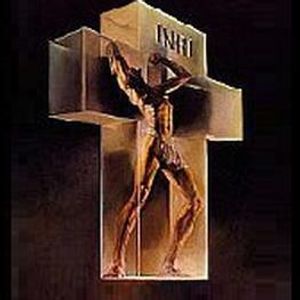Government shall be upon his shoulder
Word is Law
Voice of God
mind, correspond, vibration, rhythm, cause and effect gender
John 1 :1
Who you are and what you are.
1 to 1
1 to many
Many to many
I am
Before Abraham was I am
The Inca civilization is known for creating the largest empire ever seen in the Americas, their impressive agricultural techniques, and their art and architecture which uniquely combined geometrical stonework with the natural landscape.
The condor was a bird sacred to the Incas who believed that it communicated the upper world (Hanan Pacha) with the earthly world (Kay Pacha). The condor (Kuntur in Quechua) is a large black bird that lives mainly in the Andes Mountains of South America.Apr 12, 2019
Their main deity, however, was the sun god, Inti. The Incas believed the gods had to be kept happy through worship. They held many religious festivals throughout the year, and these involved music, dancing, food, and human sacrifices.
Inti
Inti, also called Apu-punchau, in Inca religion, the sun god; he was believed to be the ancestor of the Incas. Inti was at the head of the state cult, and his worship was imposed throughout the Inca empire.
Inti-raymi was one of a cycle of raymi, or “festivals.” Held in June (after the Spanish conquest, in May or June to coincide with the feast of Corpus Christi), Inti-raymi honoured the sun god and was celebrated with animal sacrifices and ritual dances.
Inca, also spelled Inka, South American Indians who, at the time of the Spanish conquest in 1532, ruled an empire that extended along the Pacific coast and Andean highlands from the northern border of modern Ecuador to the Maule River in central Chile. A brief treatment of the Inca follows; for full treatment, see pre-
People and society
Inca society was highly stratified. The emperor ruled with the aid of an aristocratic bureaucracy, exercising authority with harsh and often repressive controls. Inca technology and architecture were highly developed, although not strikingly original. Their irrigation systems, palaces, temples, and fortifications can still be seen throughout the Andes. The economy was based on agriculture, its staples being corn (maize), white and sweet potatoes, squash, tomatoes, peanuts (groundnuts), chili peppers, coca, cassava, and cotton. They raised guinea pigs, ducks, llamas, alpacas, and dogs. Clothing was made of llama wool and cotton. Houses were of stone or adobe mud. Practically every man was a farmer, producing his own food and clothing.
Pedro Sarmiento de Gamboa wrote that Viracocha was described as "a man of medium height, white and dressed in a white robe like an alb secured round the waist and that he carried a staff and a book in his hands." In one legend he had one son, Inti, and two daughters, Mama Killa and Pachamama.
What is Pachacamac the god of?
Pachacamac was believed to be a god of fire and a son of the sun god; he rejuvenated the world originally created by the god Viracocha and taught men the crafts. Pachacamac was also believed to be invisible and thus was never represented in art. Pachacamac. Ruins of a temple at Pachacamac, near Lima, Peru.
Pacha Kamaq (Quechua, "Creator of the World"; also Pacha Camac, Pachacamac and Pacharurac) was the deity worshipped in the city of Pachacamac by the Ichma. Pacha Kamaq was believed to have created the first man and woman, but forgot to give them food and the man died.
Pacha Kamaq (Quechua, "Creator of the World"; also Pacha Camac, Pachacamac and Pacharurac) was the deity worshipped in the city of Pachacamac by the Ichma.
Pacha Kamaq
Chthonic creator deity
The creator Deity Pacha Kamaq was venerated at this temple by the Ichma.
Major cult center
Consort
Offspring
Pacha Kamaq was believed to have created the first man and woman, but forgot to give them food and the man died. The woman cursed Pacha Kamaq, accusing him of neglect, and Pacha Kamaq made her fertile. Later Pacha Kamaq killed her son and cut the corpse into pieces, each of which became a separate fruit or vegetable plant. The woman's second son, Wichama, escaped, so Pacha Kamaq killed the woman. Wichama sought revenge and drove Pacha Kamaq into the ocean.
Tahuantinsuyu adopted Pacha Kamaq when they incorporated the Ichma into their empire. In late Inca mythology he was the father of Inti and Mama Killa, and husband of Mama Pacha.[1] The Wari, the Pachacamac empire, Chancay, Chimor and Ichma possessed the city of Pachacamac at some point but it is unknown if any other peoples, apart from the Ichma, worshipped the Pacha Kamaq Inca mythology includes many stories and legends that attempt to explain or symbolize Inca beliefs.[1]
